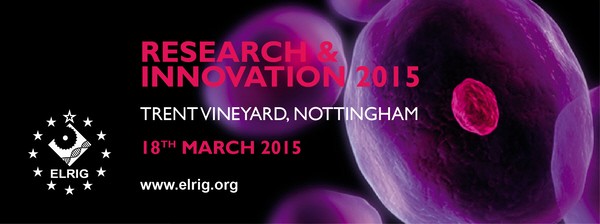Discussion
Cardiovascular toxicity is the major cause of safety-related drug attrition for the pharmaceutical industry. To address this, safety testing is performed early during the Lead Generation and Lead Optimisation phases of drug discovery. However, there are limited validated assays available to identify and eliminate effects on cardiac contractility from a chemical series. The current best practice methods are in vivo cardiac monitoring pre-clinically and in vitro recordings using primary cardiomyocytes. Neither is sufficiently high-throughput to support early drug discovery. We have previously described an in vitro screen that enables early identification of compounds with a cardiac contractility liability by utilising FLIPR technology to measure calcium transients and compound mediated effects in spontaneously beating human iPS cell-derived cardiomyocytes.
Here we describe an example where compounds from a neuroscience-based project have tested active for contractility effects using the iPS cardiomyocyte FLIPR screen. 17 compounds spanning different chemical series were tested in this assay alongside other functional ion channel assays. The aim was to provide additional mechanistic insight on the differing FLIPR profiles across the series and to compare AZ chemistry with competitor compounds. Activity in the iPS cardiomyocyte FLIPR screen correlates well with functional L-type Calcium channel activity for the lead series (“series 4”) which showed no activity at the other key ion channels that are expressed in these iPS cardiomyocyte cells. However, the picture is more complex for the other series and competitor compounds where an increase in potency is seen in the iPS cardiomyocyte FLIPR screen when compared to potencies obtained against key ion channels, suggesting a more complex mechanistic activity for these compounds.
As opportunities arise, we aim to continue to decipher the profiles and derive mechanistic insight from this stem cell-based screen and aim to establish the predictive value of the screen for project-based chemistry.

